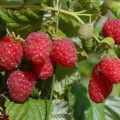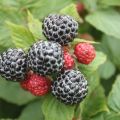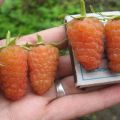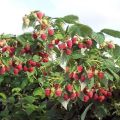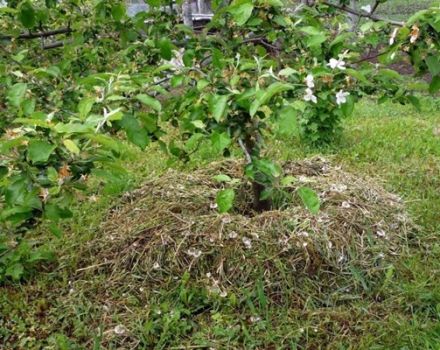The best varieties of raspberries for growing in the Moscow region, planting agricultural technology and care
How to choose the right raspberry variety for your own garden plot, what are the best varieties for the Moscow region? These questions are often asked by novice amateur gardeners. Breeders have developed interesting varieties of this sweet berry. Before making a final decision on the choice of a variety, it is advisable to familiarize yourself with the whole variety of crops.
Content
- 1 How to choose the right varieties of raspberry bushes for the Moscow region
- 2 What variety of raspberries is better to plant in the suburbs?
- 3 What criteria should the variety meet
- 4 The best varieties in terms of ripening
- 5 Late ripening
- 6 Yellow-fruited
- 7 Chokeberry
- 8 Large-fruited
- 9 Standard grades
- 10 The best varieties of remontant raspberries for the Moscow region
- 11 The sweetest varieties
- 12 Disease resistant
- 13 Promising varieties
- 14 Unpretentious types of raspberries
- 15 How to properly grow and care for raspberries in the Moscow region
How to choose the right varieties of raspberry bushes for the Moscow region
Raspberries are a low maintenance crop that can grow on any soil. However, a good harvest of these sweet berries can be obtained if the planting material is selected correctly.
Winter-hardy varieties are suitable for growing in the Moscow region. Early, late, midsummer varieties of raspberries can be planted in this region. The temperate continental climate of the Moscow region is suitable for growing large-fruited, common, yellow, red, black, standard and remontant crops. The varieties specially bred for this area adapt well to garden plots and give a good harvest.
What variety of raspberries is better to plant in the suburbs?
The most unpretentious, but hardy is considered Kuzmin's News. It is a time-tested crop with sweet berries that bears fruit consistently in a temperate continental climate. Most of the new varieties recommended for planting in the Moscow region were obtained by crossing this culture with other varieties.
In the Moscow region, the Patricia variety bears good fruit, as well as Hercules, Tarusa, Rubin. Kenby is well adapted to the Moscow winters. Even if it freezes, this variety quickly revives in the spring and manages to give a good harvest of berries.

What criteria should the variety meet
When choosing a crop for planting, one should focus on personal preferences and varieties specially bred for the Moscow region. The berries are grown to harvest once a season or throughout the summer.
Accordingly, they select a variety suitable for their needs. Red raspberries are eaten fresh and made into preserves and jams. Refined sweet taste in yellow raspberries. It is also eaten fresh.Black raspberry berries are more suitable for processing.
Criteria for choosing a variety:
- excellent adaptation to cold winters;
- resistance to many diseases;
- a small number of thorns on the plant;
- a thick stem that does not bend under the weight of the berries and does not require support;
- size of berries (small - up to 3 grams, medium - 5 grams, large - 10 grams);
- the formation of fruiting branches throughout the bush;
- the formation of at least 7-10 fruiting stems;
- yield and taste.
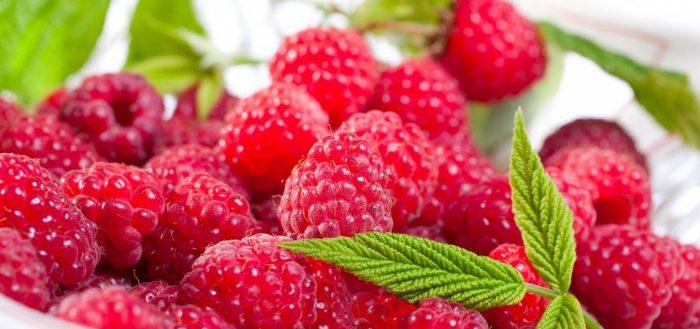
The taste of the culture depends on the weather and conditions of detention. In dry summers, the berries become very sweet. Cool and rainy weather increases the acidity of the fruit. Berries are acidic if too much nitrogen is added to the soil and the bushes are very thickened.
The best varieties in terms of ripening
Planting various varieties in the country, it will be possible to get a harvest for the whole summer. Early raspberries begin to bear fruit in June, with medium ripening terms in July, late ones in August or early autumn.
Early maturing crops
Early ripening raspberries begin to bear fruit from the beginning of June. This culture tolerates harsh winters. True, before wintering, it is advisable to bent the bushes to the ground and insulate.
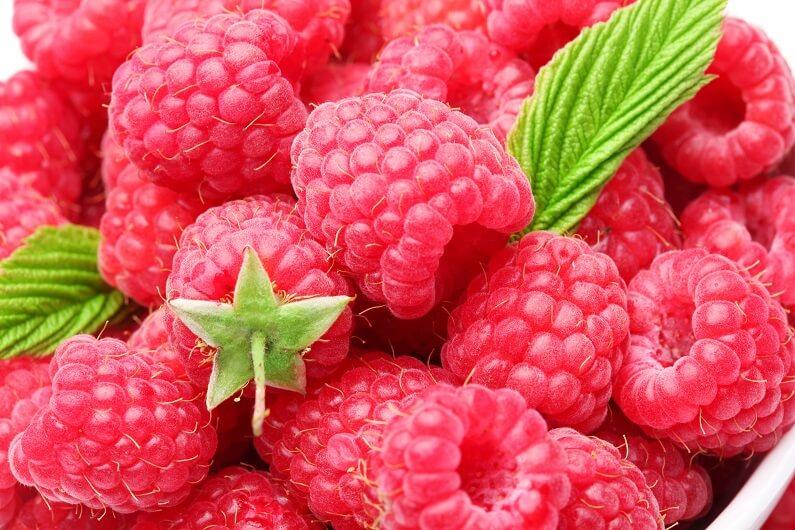
Sun
The culture is not remontant, early. The plant has a large, up to 2 meters in height, stem. It has about 15 fruiting shoots. The number of thorns is insignificant. The berries are round, dark purple. The mass of one is 4-5 grams. It is possible to collect about 2 kilograms of harvest from one bush. The culture is rarely affected by the raspberry mite.
Patricia
A selective variety of early ripening raspberries. Berries are slightly oblong, large, the weight of one is about 9 grams. Bushes - spreading, up to 1.8 meters high. You can get 3 kilograms of harvest from one plant.
Meteor
The culture forms erect bushes of medium height. This is a hardy variety. Ripe berries are small, red, triangular in shape, weighing 4.25 grams. The yield per bush is 3.35 kilograms. The harvested crop retains its taste for a long time.
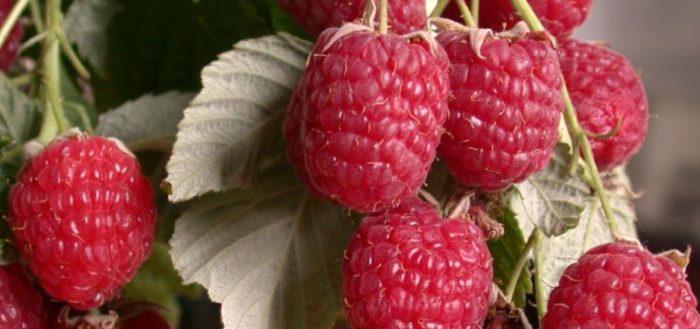
Lazarevskaya variety
The culture is winter-hardy, ripening early. Bushes - straight, up to 1.55 meters in length. The stalks have hard thorns. Berries are medium in size (2.9 grams), slightly elongated, red. It is possible to harvest 2.5 kilograms of the crop from the plant. The culture does not tolerate diseases well, is attacked by insects.
Ripening in the middle
Crops ripen in late June and early July. They are characterized by succinct fruiting terms. The varieties are distinguished by good winter hardiness, sweet taste of ripe berries.
Balm
A predictable variety, always bears fruit well, tolerates severe frosts. The bush is ordinary, erect, with strong stems reaching a length of 180 centimeters. There are few thorns on the shoots. Berries are ruby, without shine, round, with a blunt nose. The weight of one is 3.55 grams. It is possible to collect 2.25 kilograms of the crop from the bush.
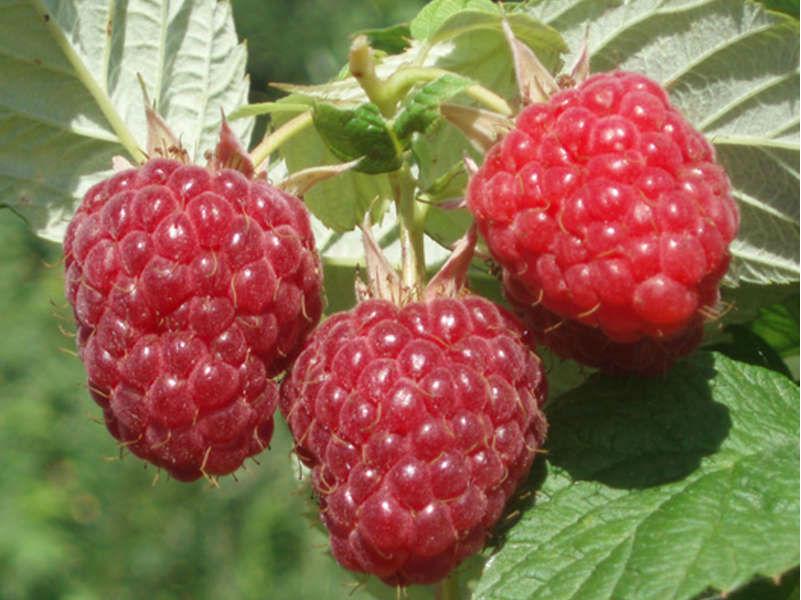
Crane
The culture forms an upright bush, 1.75 meters high. Ripe berries have a reddish color, a blunt-conical shape, and a sweetish taste. The weight of one is up to 3 grams. It is possible to collect 2.35 kilograms of the crop from the bush.
Volnitsa
The plant forms a medium-sized bush that does not need to be tied to a support. Ripe berries are red, sweet, tasty, slightly elongated. The mass of one is up to 4 grams. Almost 4 kilograms of harvest can be harvested from a plant.
Late ripening
Late ripening raspberries please summer residents with sweet berries at the end of summer. Some varieties can bear fruit even before the onset of frost.
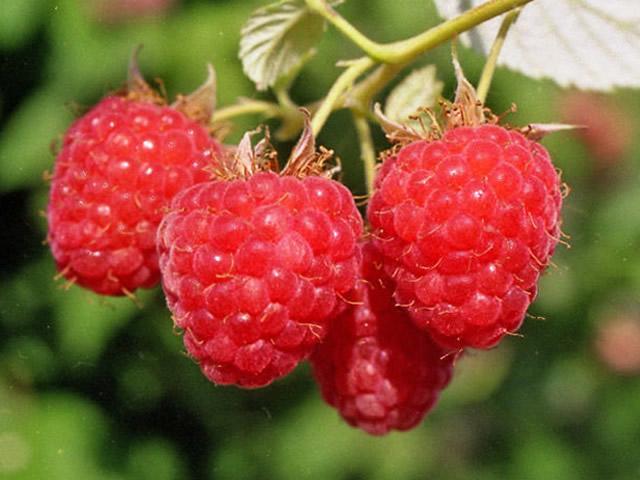
Taganka
A remontant crop that can bear fruit on old and young shoots. The berries ripen from late July to September. Bushes are tall, reaching a length of 2 meters. The surface of the stems is covered with small sharp thorns. Up to 30 fruits are formed on one branch. Ripe berries are red, conical in shape, weighing up to 9 grams.One plant can give up to 5 kilograms of harvest.
Brigantine
This plant of medium height has a weakly spreading bush. Thorns grow all over the stem. Berries are small (up to 3 grams), round, crimson. The harvest ripens at the end of the raspberry season - in August. It is possible to collect 4.2 kilograms of the crop from the bush.
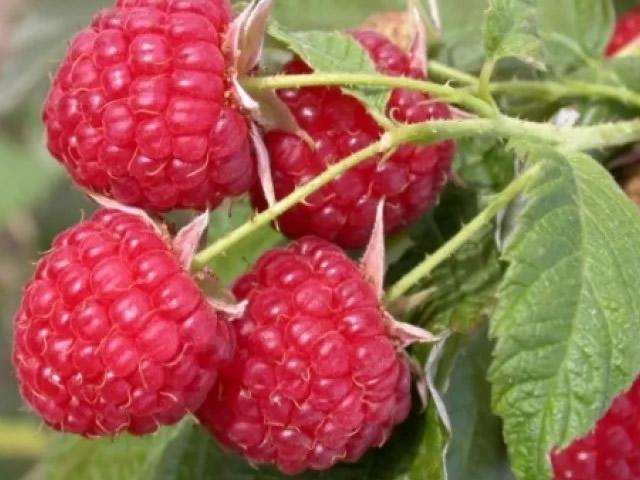
Yellow-fruited
Yellow raspberries are sweeter than red ones. Berries are eaten fresh, from which juices and jams are prepared for the winter. Yellow raspberry varieties are often remontant. The berries are large, weighing from 4.55 to 10.55 grams. Plants tolerate winters well, rarely get sick.
Orange wonder
Repaired culture. The first time ripens in July, the second - at the end of August. Fruits are oblong, orange, weighing 5.55 grams. It is possible to harvest 3.55 kilograms of the crop from the plant.
Yellow giant
Semi-renovated high-yielding crop. Medium early variety, can bear fruit again in autumn. Berries are sweet, amber, large (up to 10 grams). It is possible to collect up to 8 kilograms of a sweet crop from the plant.
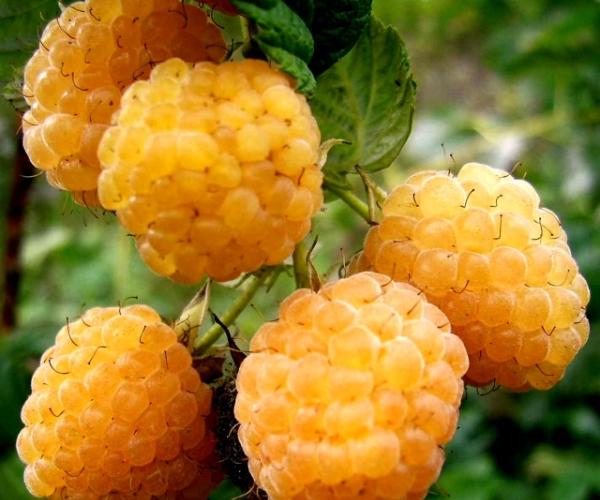
Chokeberry
Black raspberries are a rare berry. Many summer residents confuse it with blackberries. Any raspberry-related berry has one distinctive feature - the shape of a thimble, put on the axle and easily removed during harvesting.
The most common black-fruited variety is Cumberland. This is a winter-hardy culture that does not give root suckers. The berries of such a raspberry are small (up to 2 grams), but very sweet, like candy. Only 0.5 kilograms of sweet harvest can be collected from one bush.
Large-fruited
Large-fruited varieties of raspberries for the Moscow region are artificially bred by breeders, therefore they are less winter-hardy and require shelter before wintering. You can get a large harvest if you follow agricultural technology, plant a plant in a well-lit area, water and feed it on time. These varieties have large berries (weighing from 6 to 13 grams). From one such plant, you can collect about four kilograms of a sweet crop.
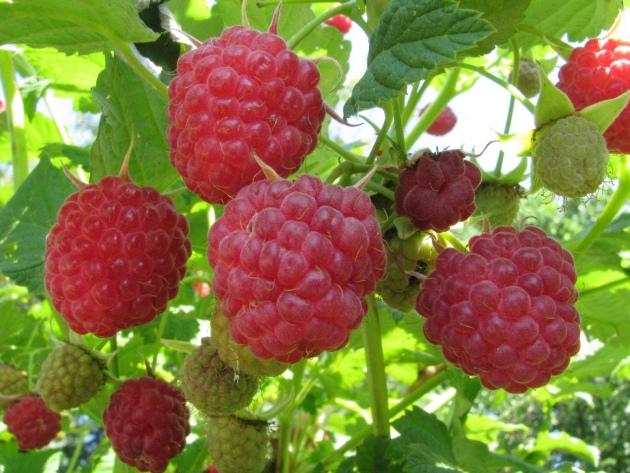
Hercules
Repaired culture. The bush is of medium length (up to 1.65 meters), spreading. Stems are strong, with thorns. The berries are cone-shaped, red, with a raspberry aroma. The weight of one is about 6 grams. It is possible to collect 4 kilograms of the crop from the bush.
Patricia
An early maturing large-fruited culture with good frost resistance, disease resistance, is not affected by aphids. Fruiting once a season, but very abundant. The plant has a sprawling, straight, tall bush. The berries are slightly elongated, similar to strawberries. The mass of one is 10 grams.
Tarusa
A stem culture resembling a raspberry tree. Stems are straight, low (up to 1.5 meters), without thorns. Berries are conical, red, large, weighing up to 10 grams. It is possible to harvest 4 kilograms of the crop from the plant. The variety requires shelter before wintering.

Standard grades
A tree-like culture that does not require pruning and tying to a support. It is possible to harvest a large harvest of large sweet berries from the standard bush. Plants grow upward and do not take up too much space.
Tarusa
Large-fruited culture. The weight of one berry is 6-10 grams. The bush reaches 1.55 meters in length, there are no thorns on it. It is possible to harvest 4 kilograms of the crop from one raspberry tree. For the winter, the bushes need to be insulated, otherwise they will freeze out.
Sturdy
A plant with a sturdy stem reaching 2 meters in length. The berries are large, weighing 9.55 grams. It is possible to collect 5.55 kilograms of sweet harvest from the bush. The stem is unpretentious to the soil, resistant to diseases, but does not tolerate too frosty winters.
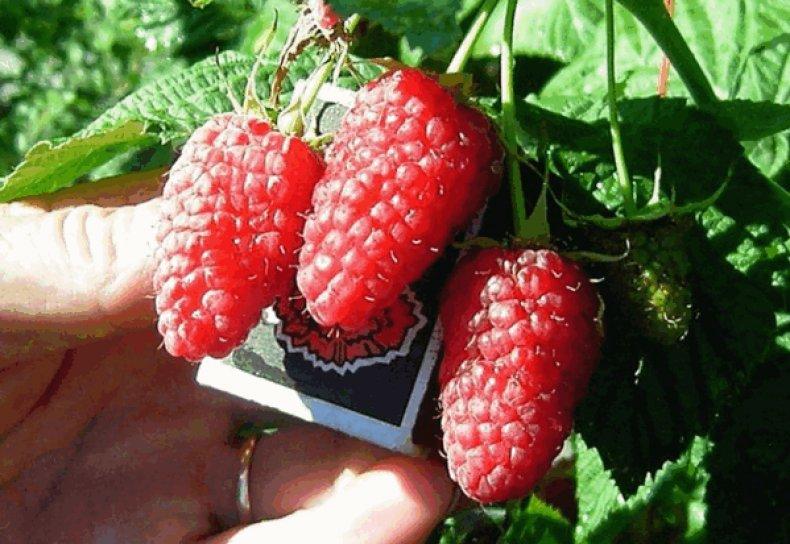
The best varieties of remontant raspberries for the Moscow region
The novelty of the 21st century is the remontant raspberry. The culture is capable of producing 2 crops per season (on new and last year's shoots). True, gardeners prefer to pick berries from annual bushes. The plant is characterized by excellent yield and disease resistance.The crop begins to bear fruit in the very first year after planting and yields a harvest from late summer to early autumn.
This variety rarely gets sick and is less exposed to insect attacks. It does not need to be sprayed with chemicals.
In the fall, the stems are cut to ground level. This technique eliminates the need to cover the plant for the winter. Popular varieties: Hercules, Bryansk Divo, Yaroslavna, Peresvet, Atlant, Polana.
Yaroslavna
Description: bush - upright, up to 1.5 meters long, with a few thorns. The plant does not require support, bears fruit for a long time. The berries are conical, yellowish orange, very sweet.
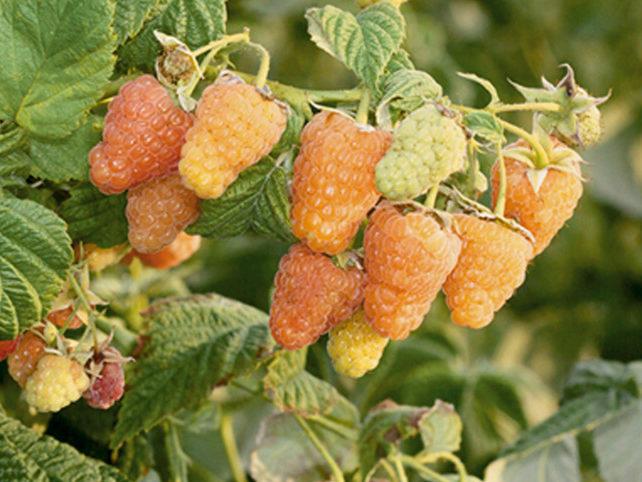
Hercules
Berries are ruby-colored, large (up to 10 grams), slightly oblong. Raspberries ripen in June. The bush is of medium height (1.55 meters), not very spreading. The culture bears fruit for a long time.
The sweetest varieties
All sweet varieties belong to remontant crops. Raspberry has a delicate pulp, raspberry flavor and aroma characteristic of berries. The sweetest variety is Caramel. Ripe Caramel berries contain 1.5 times more sugar than other types of raspberries.
Zyugan Krasny and Zyugan Gold are remontant crops. The red and yellow berries of these plants are very sweet in taste and have a pleasant raspberry aroma. Valentina is a remontant shrub, 1.55 meters long. The berries are sweet, peach-colored, roundish in shape, weighing 9.5 grams.
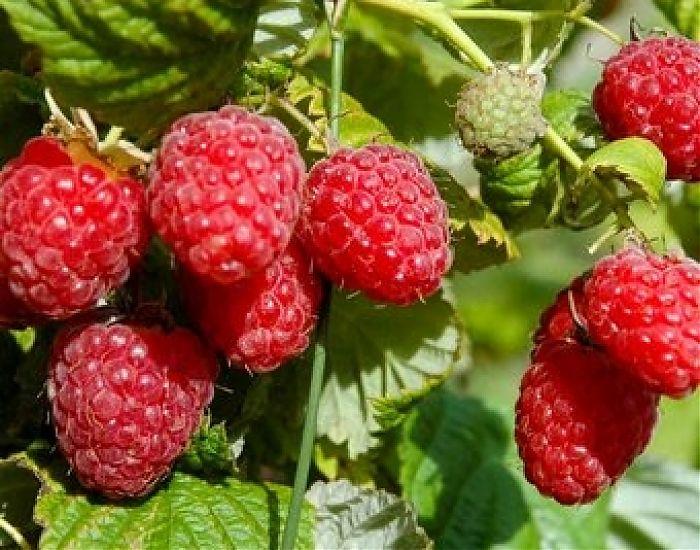
Disease resistant
Raspberry, which is resistant to various diseases:
- Polka - remontant culture, bears fruit before frost;
- Hercules is a frost-resistant plant with large, sweetish berries;
- The pride of Russia is an early ripening variety that gives a large harvest, perfectly tolerates severe winters;
- Tarusa is a standard crop with large, red, fragrant berries.
Raspberry is a very susceptible plant to many diseases. A culture can show resistance to one type of microorganism, but get sick from other microbes or viruses. They are resistant to purple spotting: Novost Kuzmina, Meteor, Balsam. Anthracnose: Modest, Augustine. Shows resistance to powdery milde News Kuzmina and Phoenix. To gray rot: Cumberland, Carnival.

Promising varieties
According to gardeners' responses, a rating of the best varieties can be made. Promising varieties include unpretentious crops with good yields, disease resistance and excellent taste.
Promising varieties:
- Large-fruited - Beauty of Russia.
The plant has large berries. However, the culture is characterized by low frost resistance. For the winter, the stems need to be bent to the ground and covered. Starting from early spring, it is advisable to constantly look after the plant: add organic matter and mineral additives to the soil, water it regularly, take preventive measures against diseases and pests.
- Stamp - Tarusa.
The crop is resistant to many diseases and has good yields. The bush of the plant resembles a raspberry tree, does not require any support, does not bend under the weight of the crop. The variety tolerates severe frosts well. The bush needs shaping (pinching the tops of the stems).
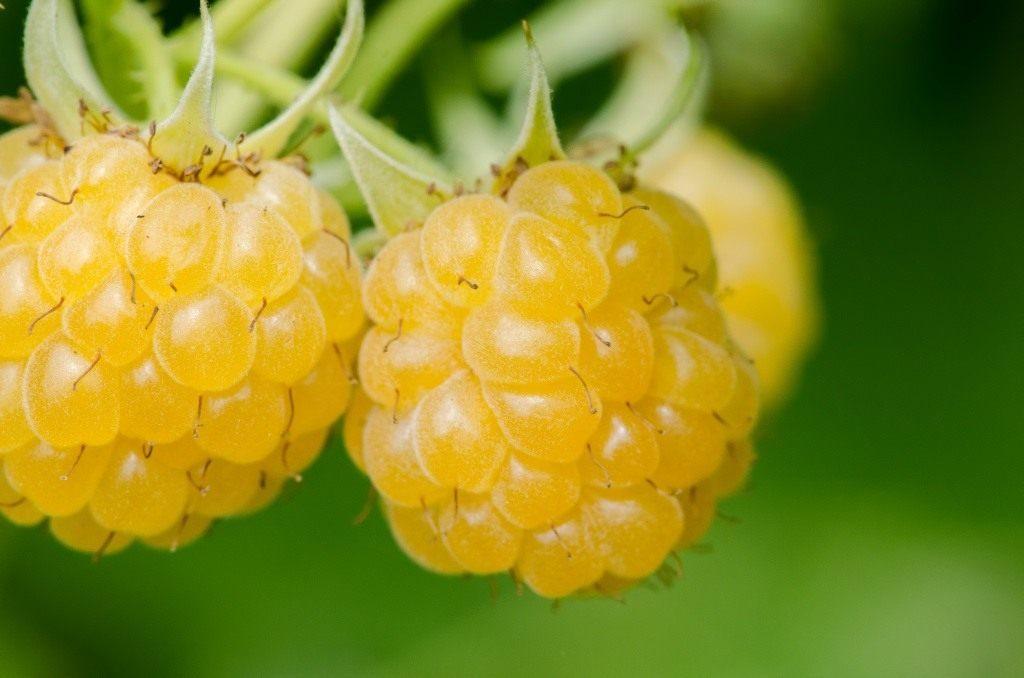
- Classic varieties - Patricia, Yellow giant.
They perfectly tolerate severe frosts. Fruiting on the stems of the past year. They start to ripen early. Before wintering, the bushes are covered.
- Repaired - Hercules, Polka.
Raspberries can produce crops on both young stems and last year's. True, experienced gardeners at their dachas cut off all the shoots for the winter. The summer harvest with such agrotechnology, although late, is plentiful.
Unpretentious types of raspberries
The Novost Kuzmina variety is considered the most unpretentious berry. This culture has been grown in the Moscow region for several decades. The plant can grow in any type of soil.The culture perfectly tolerates frosty Moscow winters, summer drought. This is a hardy variety suitable for inexperienced gardeners. With minimal care from one plant, it is possible to collect up to 2 kilograms of sweet, not too large (up to 5 grams) reddish berries.

How to properly grow and care for raspberries in the Moscow region
Raspberries grown in the Moscow region bear fruit perfectly if planting and caring for the crop are carried out in compliance with agricultural technology. The plant prefers loam and sandy loam soil with neutral or low acidity. For planting, it is advisable to choose an open, sunny place, well protected from drafts. It is not recommended to plant raspberries on the ground where tomatoes, potatoes, and strawberries used to grow.
The culture propagates by suckers appearing on the roots, as well as by root or green cuttings, by dividing the bush. Raspberries are planted in spring, autumn and summer. A month before planting, soil preparation is carried out.
The soil is fertilized with rotted humus (0.5 buckets for a bush), mineral additives (superphosphate and potassium sulfate - 30 grams each). Raspberries can be planted in separate pits or in a strip method - in a trench. A little wood ash can be added to reduce acidity. After planting, it is advisable to water the seedlings abundantly, and then mulch.
In dry summer, it is advisable to water raspberries 2 times a week. Bushes during the formation of ovaries and ripening of berries are fertilized with phosphorus and potassium substances.In autumn, after harvest, or in early spring, before bud break, raspberry stalks are slightly shortened. It is imperative to remove excess shoots so that the shrub does not look too thick. For the winter, the shoots of the remontant varieties are completely cut off. Classic types of raspberries are bent to the ground and insulated before wintering.



